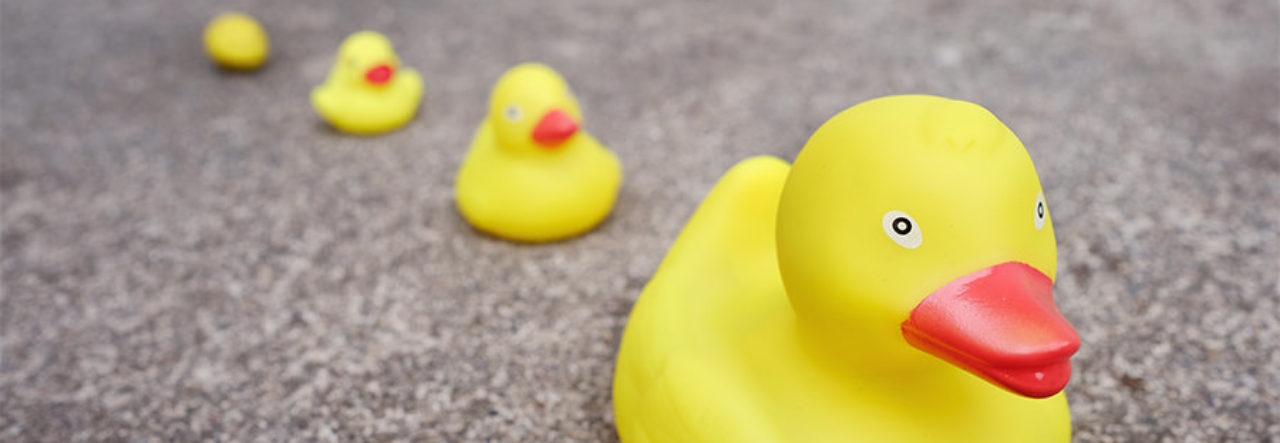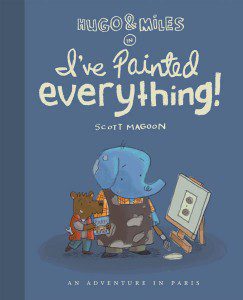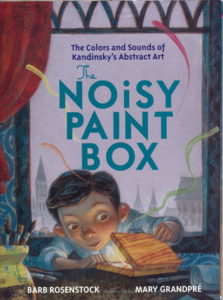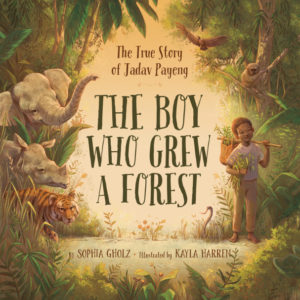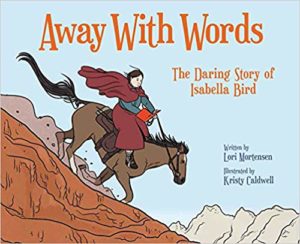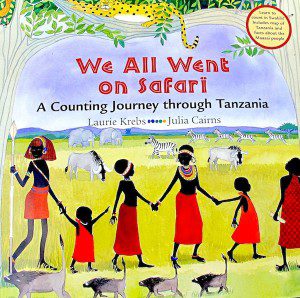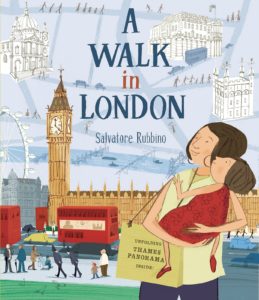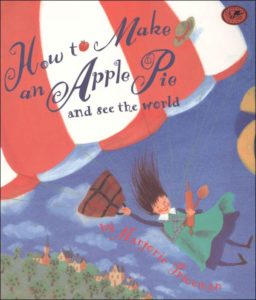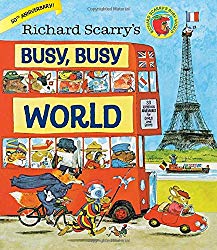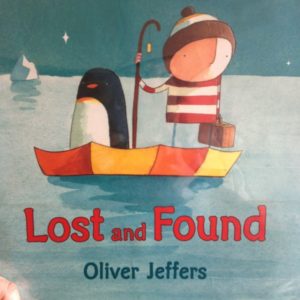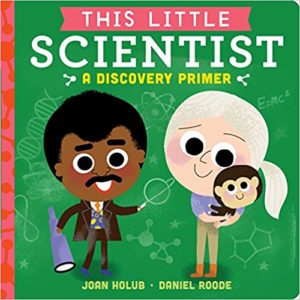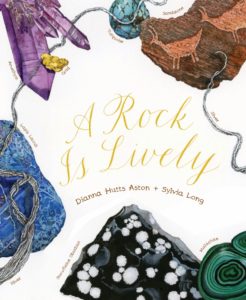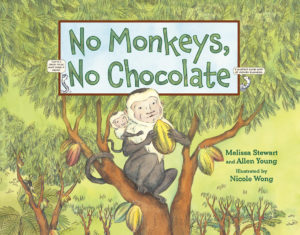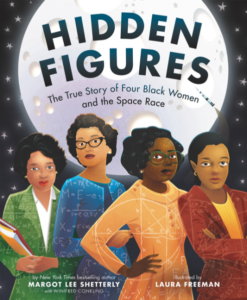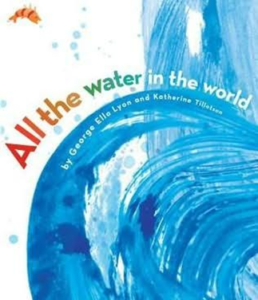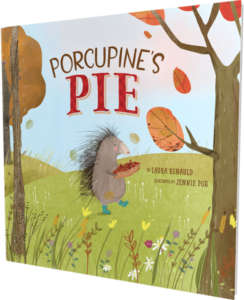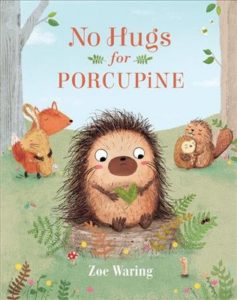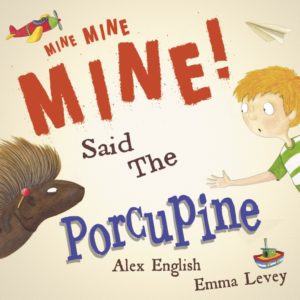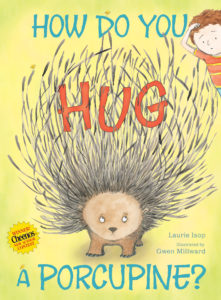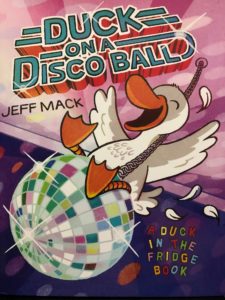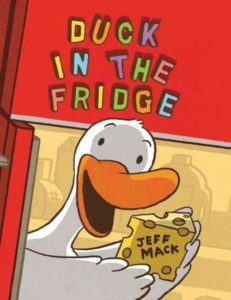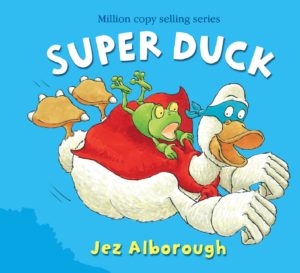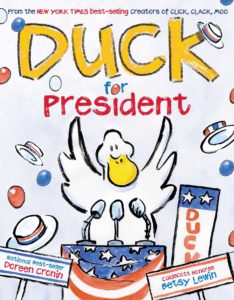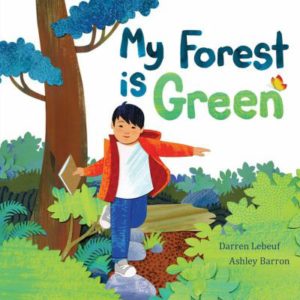 My Forest Is Green
My Forest Is Green
Author: Darren Lebeuf
Illustrator: Ashley Barron
Kids Can Press
2 April 2019
32 pages
With art supplies in tow, a young boy explores the urban forest near his home, then interprets what he sees with his art. The boy is a keen observer who uses poetic, rhythmic language to describe the diversity he finds through all four seasons.
Need some reviews of My Forest Is Green?
Educational Activities inspired by Darren Lebeuf’s My Forest Is Green:
- Before Reading–From looking at the front cover:
- Does the story look like it’s about today or a long time ago?
- Where do you think the boy is? Where is he going?
- What do you think the title means?
- After Reading–Think about the last time you were in a forest. What do you remember about it most? Why color was YOUR forest?
- After Reading–Each aspect of the forest inspires the boy to create a different type of art in response. Which art medium did you like most? The photography? Rock art? Charcoal rubbings? Something else?
- Nature–With an adult–and perhaps some friends–explore a nearby forest. Be sure to carefully observe the natural world, just as the boy in the story did. Here are some options on ways to engage with the natural world:
- Craft–With an adult’s help, try some of the following urban forest-themed crafts:
- Further Reading–The boy in this story is a huge fan of art–he uses it to express himself and to understand the world around him. Want to read more about other kids who love art? (Click on the book cover for more information on any of these titles!)

